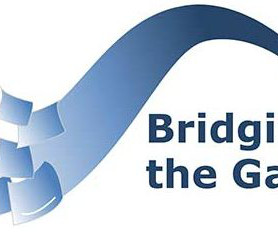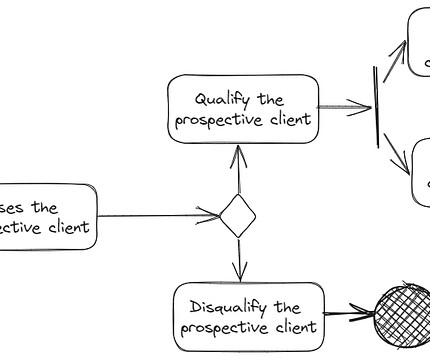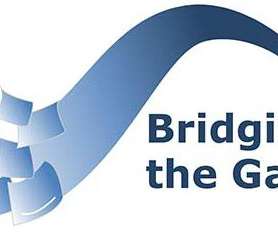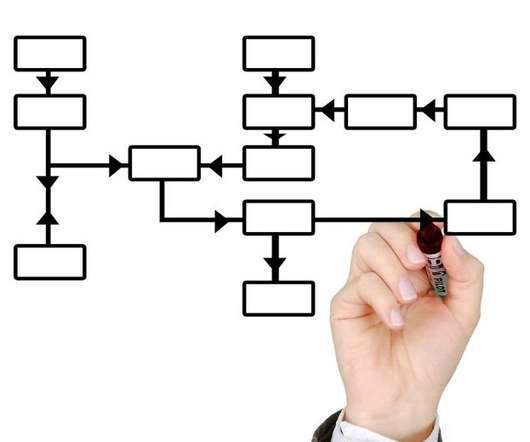5 Types of Requirements Documents Business Analysts Create
Bridging the Gap
SEPTEMBER 7, 2023
Imagine you are ready to dive deep into a new project, but amidst the sea of information and tasks, you find yourself at a crossroads: What documents should you create to capture those crucial requirements? The path to success lies in understanding the power of documentation. It defines the scope of the project.























Let's personalize your content